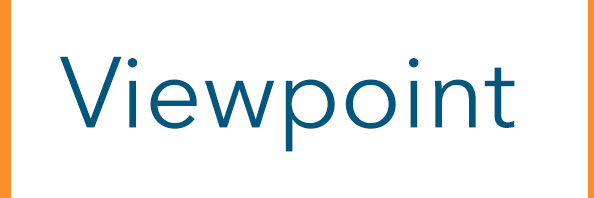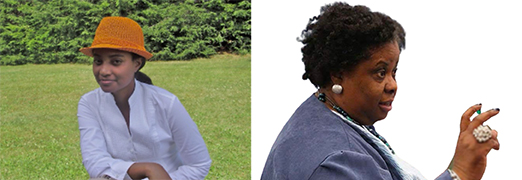“Every time I think of ET, I tear up. It was my way into a life that I didn’t know could exist. My life was never the same after that.”
Millie participated in Vassar College’s Exploring Transfer (ET) program while she was a student at Westchester Community College (WCC). When a faculty mentor there encouraged her to attend an information session about the five-week residential program at Vassar, she jumped at the chance. Millie applied to Vassar after the ET summer session and completed her bachelor’s degree there. She went on to get a master’s degree and a doctorate.

ET evidences the value of partnerships between liberal arts institutions and community colleges. Offering an opportunity for students to live and learn together at a residential liberal arts college, the program is an immersive experience. Like Millie, ET participants have an opportunity to explore, to imagine, to be challenged, and do so under the tutelage of Vassar and community college faculty, who co-teach the summer classes. This is done from an asset-based model, knowing that community college students bring substantial life experience and other strengths to the classroom; and, the students benefit from exposure to a liberal arts education.
What an important time for such collaborations. While challenges had been mounting during years prior, the Covid pandemic escalated the dire situation for many community college students. That community colleges serve the highest percentage of our most marginalized students is a critical reason to have deep engagement across higher education sectors at this particularly vulnerable time.
Opening opportunities
Lawrence was introduced to ET in his Freshman Composition class at Dutchess Community College (DCC). Slightly older than the traditionally aged student and returning to the education pipeline to gain needed qualifications for employment, he contributed to fruitful discussions in the ET classes and was inspired to take another career path. Lawrence later completed his undergraduate degree at Vassar and went on to get his master’s degree. He returned to DCC as an instructor seeking to connect other students to their possibilities.
The experiences that ET participants like Millie and Lawrence report are precisely the intent of the program – to engage students in critical thinking, encourage them to consider broader possibilities as related to academic and career awareness, and inspire them to complete a four-year degree and beyond.
While some of the ET participants have gone on to Vassar, many more attend other four-year institutions. As in the case of these individuals, community college to four-year institution might be the most feasible course for some students. This is especially the case for those who are underrepresented because they are first-generation college students, those from low-income backgrounds and students of color. Programs such as ET are vital pathways to help them accomplish their educational goals.
Over ET’s 35-year history, there have been a plethora of success stories of community college students. The program not only provides a summer of enrichment but a route to the successful completion of a college career. Students escape the perceived stigma of limited access and being community college students. They are able to contribute to another community of teachers and learners as critical thinkers who are interested in scholarly pursuits and capable of such an undertaking.
The opportunity and equity gaps in our learning communities are real, and sometimes mistaken for achievement gaps for students from diverse backgrounds. The ET program has proven that all students, given the appropriate setting and tools for learning – opportunity – can achieve measurable success. Participants report that ET boosts their confidence about being at a four-year institution and especially, at places like Vassar. It helps them manage things like imposter syndrome; it connects them to a network of resources; it inspires and excites them as they get exposed to broader academic possibilities and a new vision for their future.
Spreading the word
Community college is an entry point to higher education for many students, particularly those from marginalized groups. According to the Community College Research Center, while 80% of community college students state that they intend to continue on to a four-year degree, only about 17% of them do. Consider that in relation to the fact that 90% of Vassar’s ET graduates surveyed in spring 2022 went on to complete or were completing their bachelor’s degree. What if we had an Exploring Transfer, or something akin, at more institutions? Think of the impact we could have with/for this student population.
That’s, in part, what we are doing through the ECMC Exploring Transfer Together Initiative at Vassar. Yes, it’s making the college’s current ET program more robust, deepening the relationships with our community college partners, and attending to the academic and student life needs of the community college students. It’s also about engaging other four-year institutions in considering similar models. If more colleges/universities created opportunities for their neighboring community college students to live and learn on their respective campuses, think of how that would further drive the interests and values of access, equity and inclusion. Think of how that might also impact the relevance of higher education institutions in the communities where they reside. Perhaps, it will even contribute to the currently contested notion of higher education as a public good.
* * *

Wendy Maragh Taylor (left) is the associate dean of the College for Student Growth & Engagement at Vassar College (New York) and is also principal investigator for the ECMC Exploring Transfer Together Initiative at the college.
Jacqueline Goffe-McNish is a professor of English and humanities at Dutchess Community College (New York) for the past 32 years, specializing in teaching composition, and African American and Caribbean literature.





